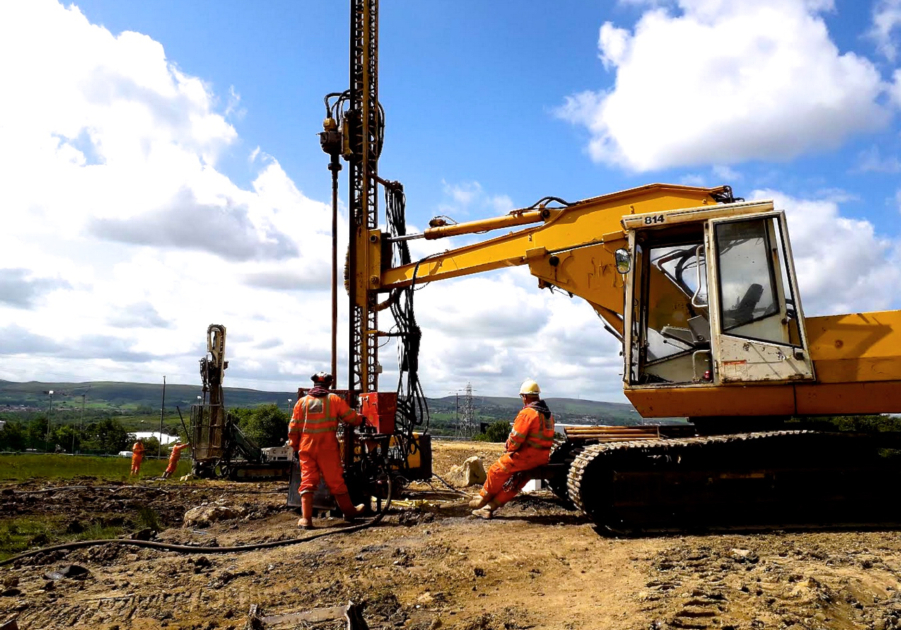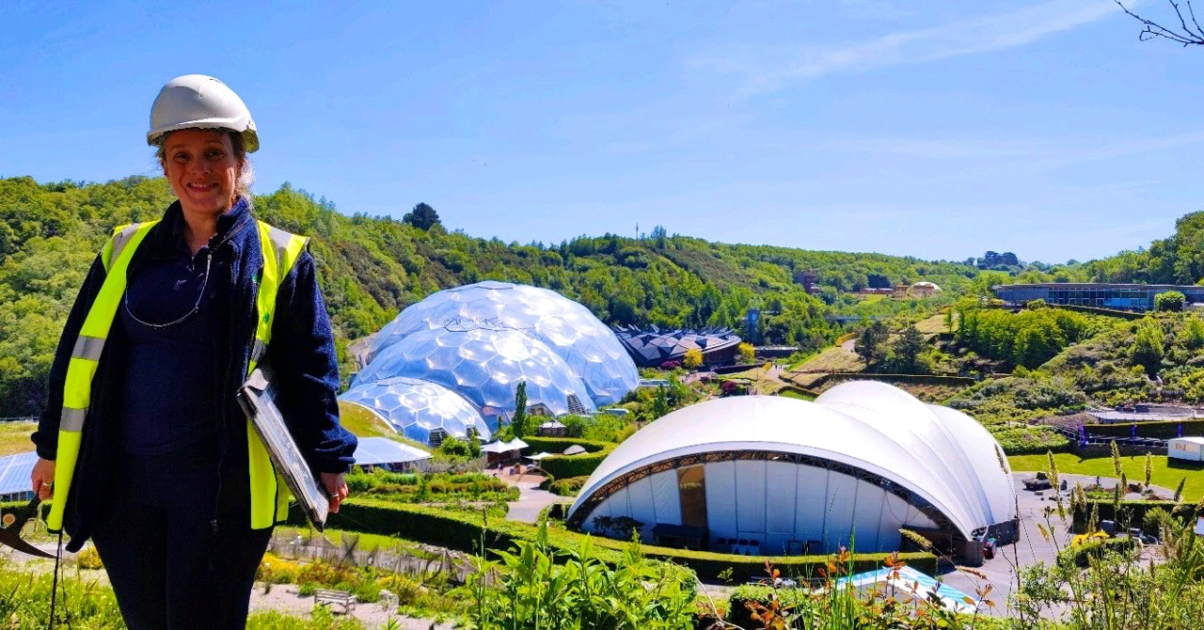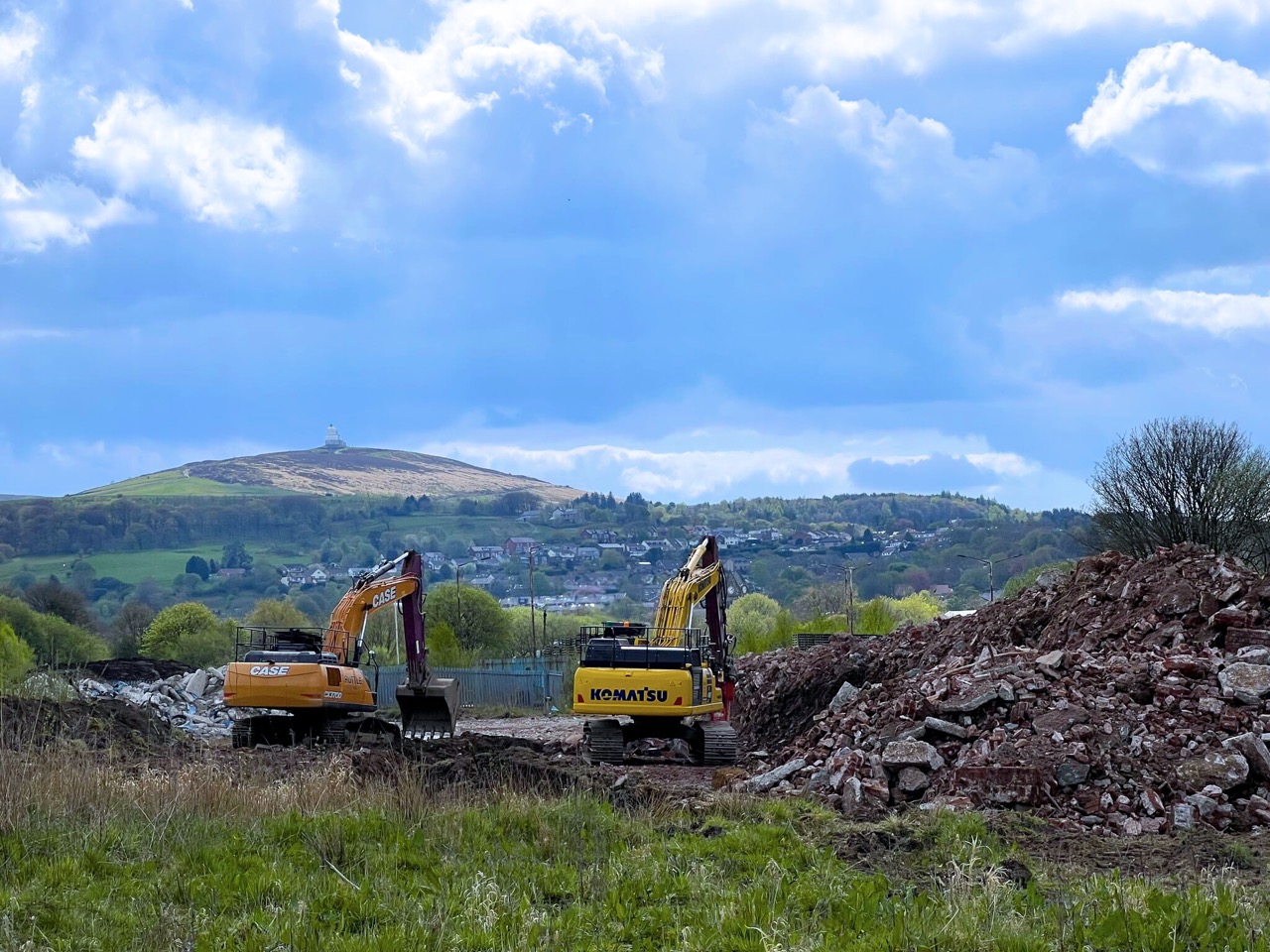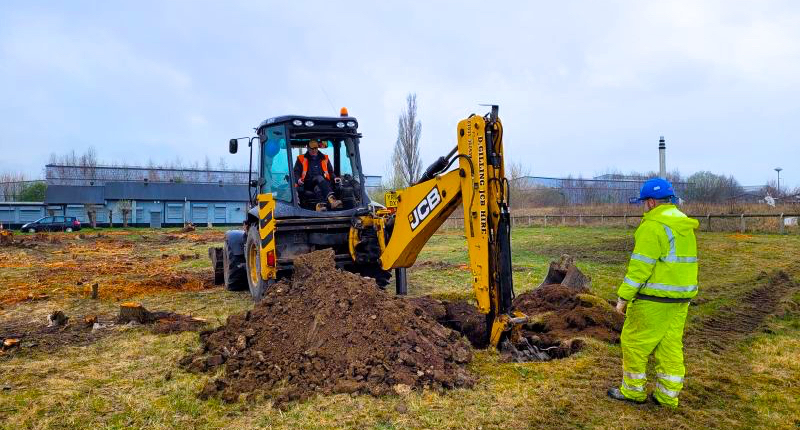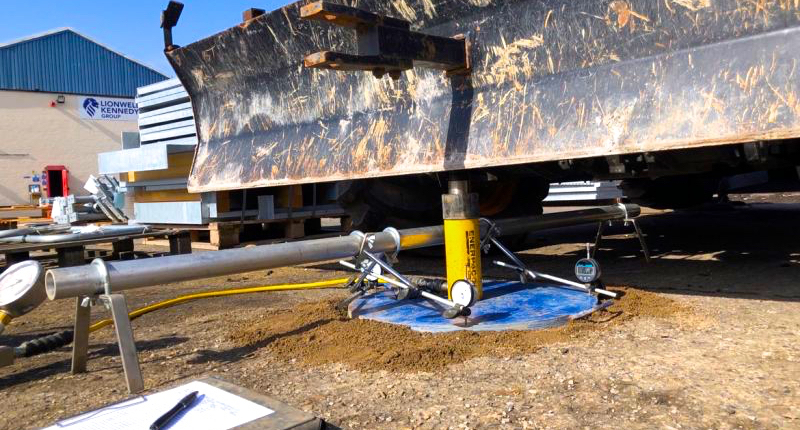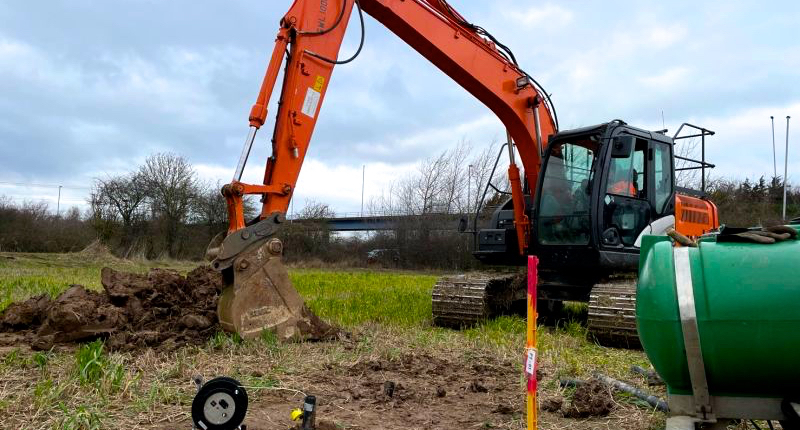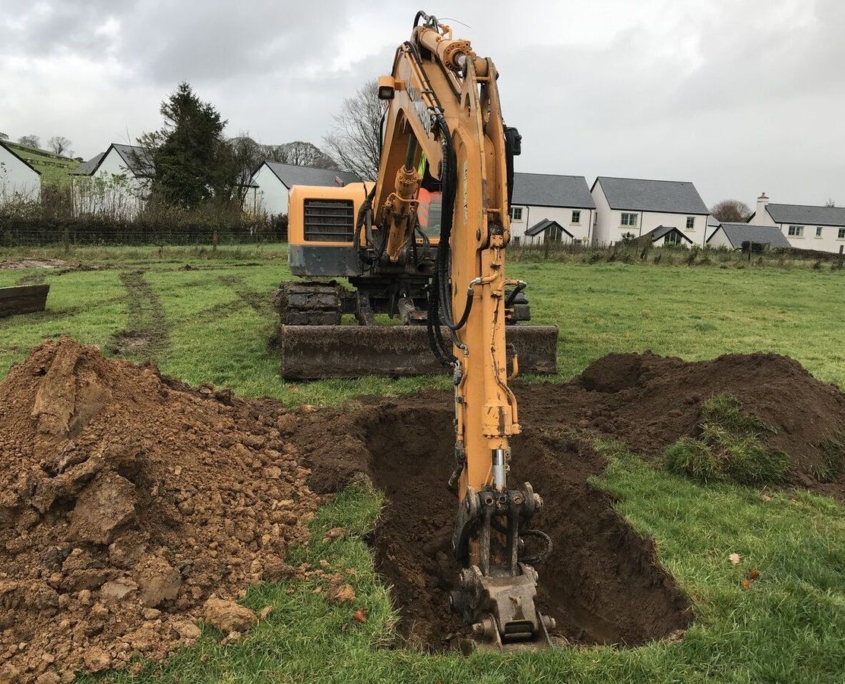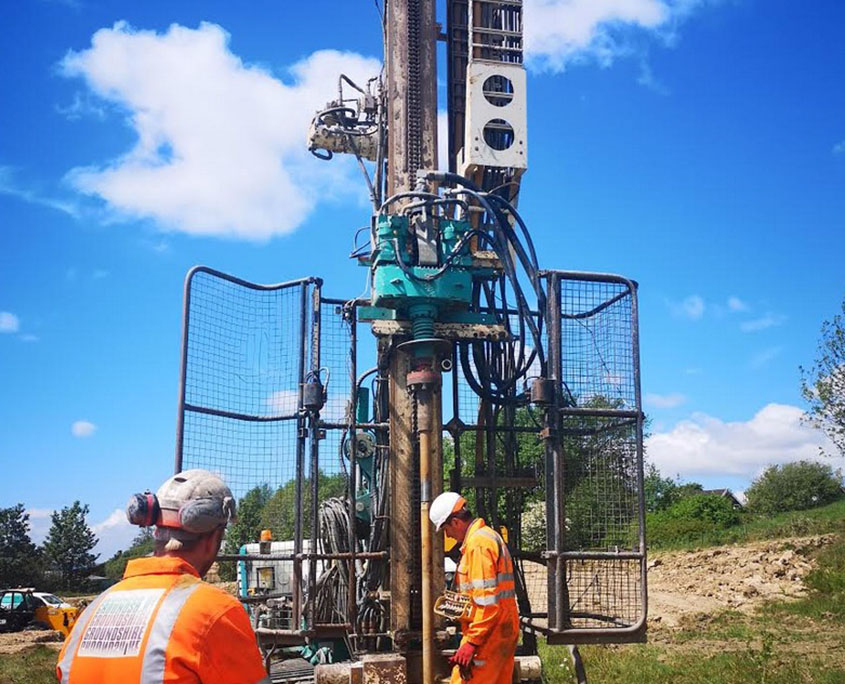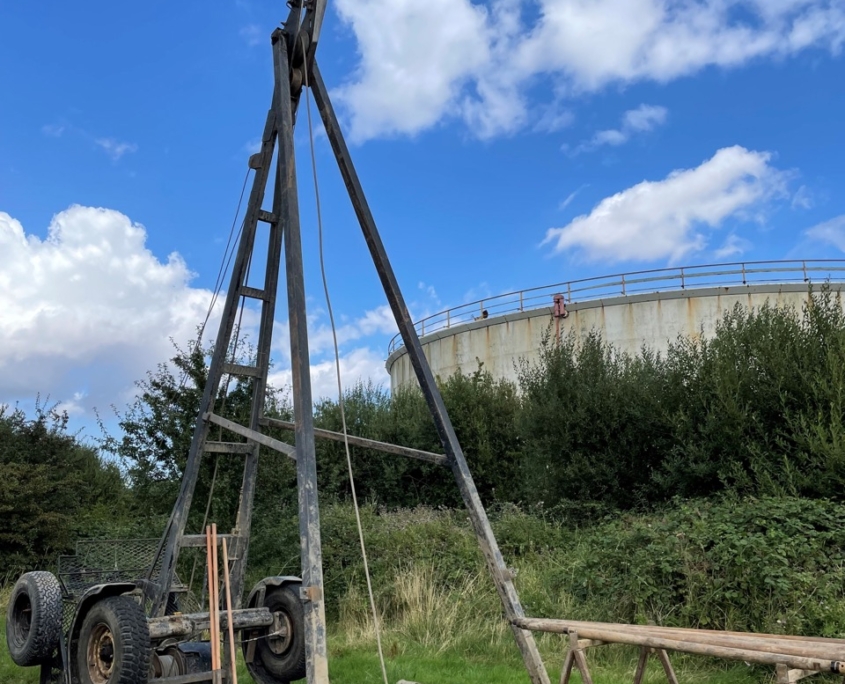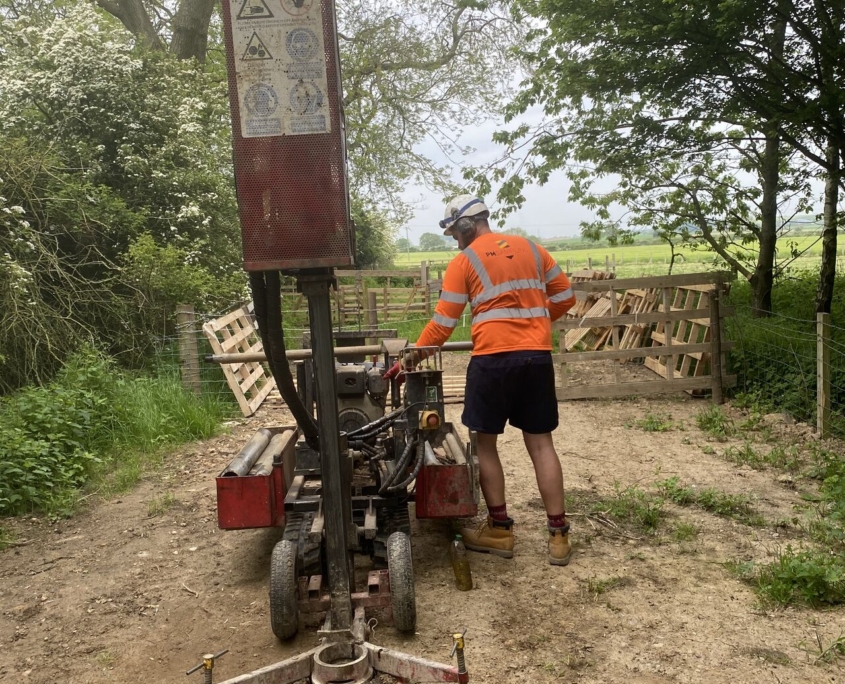Site Investigation Services
We have been working on some exciting projects
Site Investigation Services
Site Investigation Services
We undertake all aspects of site investigation services for an extensive range of clients; from initial soil analysis and feasibility/pre-purchase assessment, phase 1 desk study, flood risk assessments, contaminated land, slope stability, and basement impact to name a few….
The scope of the investigations and techniques used will depend on a range of factors including:
- The prior use of the site
- Anticipated geology and subsurface structures
- The proposed development design and function
- Known history of the site and the surroundings
- If the site is in a coal mining area
- If the site is in a flood zone
Our Site Investigation Services are an essential step in understanding your development site and ground conditions.
More Information on Site Investigation Services.
What Is the Site Investigation Process?
Site investigations are carried out with a phased approach
- Phase 1 Desk Study
- Phase 2 Intrusive Site Investigation
- Phase 3 Post Site Investigations
- Phase 4 Site Investigations Report
Step 1 – Complete the Phase I Desk Study and site walkover.
A Phase 1 Desk Study is a preliminary risk assessment report for a development site, often required for planning application approval.
Ideally, a Desk Study should also be accompanied by a walk over a survey conducted by an experienced practitioner. By compiling available information in relation to a site’s environmental, geological, hydrogeological, hydrological and mining setting, a cost-effective and focussed site investigation will be developed.
A Phase 1 Desk Study should always precede any ground investigation.Using the interpretive report to highlight potential development issues, environmental and cost liabilities requiring further investigation.
Step 2 – Phase 2 Intrusive Site Investigation
A Phase 2 assessment consists of an Intrusive Site investigation with quantitative risk assessment. The Phase 1 Desk Study will highlight the areas for further investigation and define the scope of these works. Any potential pollutant linkages can then be prioritised for investigation and depending on the Phase 1 Desk study report the appropriate investigation techniques utilised.
Site Investigation Intrusive Techniques Examples:
- Cable Percussive Boreholes
- Window Sample Drilling
- Deep Window Sample Borehole
- Rock Coring
- Rotary Boreholes
- Rotary Core Drilling
- Dynamic Probing
- Trial Pits
- Trenches
- Windowless Sampling Rig
- Soakaway Testing
- Modular windowless sampling drilling rig
- Plate bearing testing
- California bearing ratio (CBR) testing
Step 3 – Post Site Investigations
Once the preliminary site investigations have been completed the results are analysed. If further site investigations are required these can be completed by our multi-disciplined team. These could include:
- Environmental Monitoring
- Soil Testing
- Geotechnical Monitoring
- Slope Stability Assessment
- Radon Monitoring
- Remediation Designs
- Gas protection measures.
Step 4 – Site Investigation Report
An interpretive report will then be compiled from all the information and data gathered from the ground investigations, testing, monitoring for the site.
Our Earth Environmental & Geotechnical consultants can discuss the details of the report and provide further services as required


